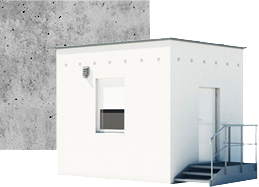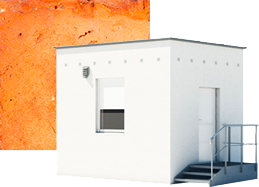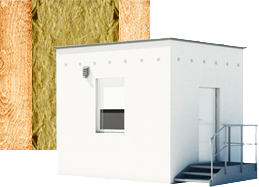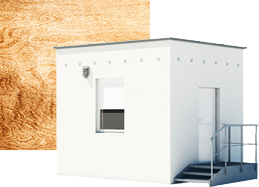


How to fight summer overheating:
Thermal insulation is the most effective protection against summer overheating. We can see it from the results collected during extremely hot summer in 2015, when the air temperature reached up to 36 °C.
Insulated houses showed up to 5 °C lower temperature inside in comparison with non-insulated house (No.3).
Specifically, non-insulated houses recorded interior temperature more than 30 °C. Interior temperature in brick or concrete houses with insulation reached 26 °C on average, which is a value within the comfort zone.
Moreover, the south-facing windows were not protected by blinds.








Wall construction as heat storage:
Besides thermal insulation, the key factor of heat accumulation is the wall construction material. The measurement approved that massive heavy walls accumulated sun heat during the day and radiated it during colder evening and night hours. This effect ensures a more stable interior temperature.
Specifically during the summer it keeps the temperature inside lower and more comfortable. The "lighter" the wall construction is, the higher the temperature is inside during hot summers - despite that the U-parameter (heat transfer coefficient) and the insulation efficiency are the same.
The massive insulated construction stays cool much longer during hot summers because they can store more energy.
